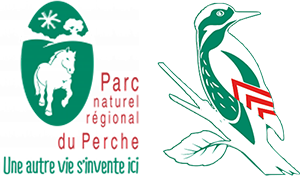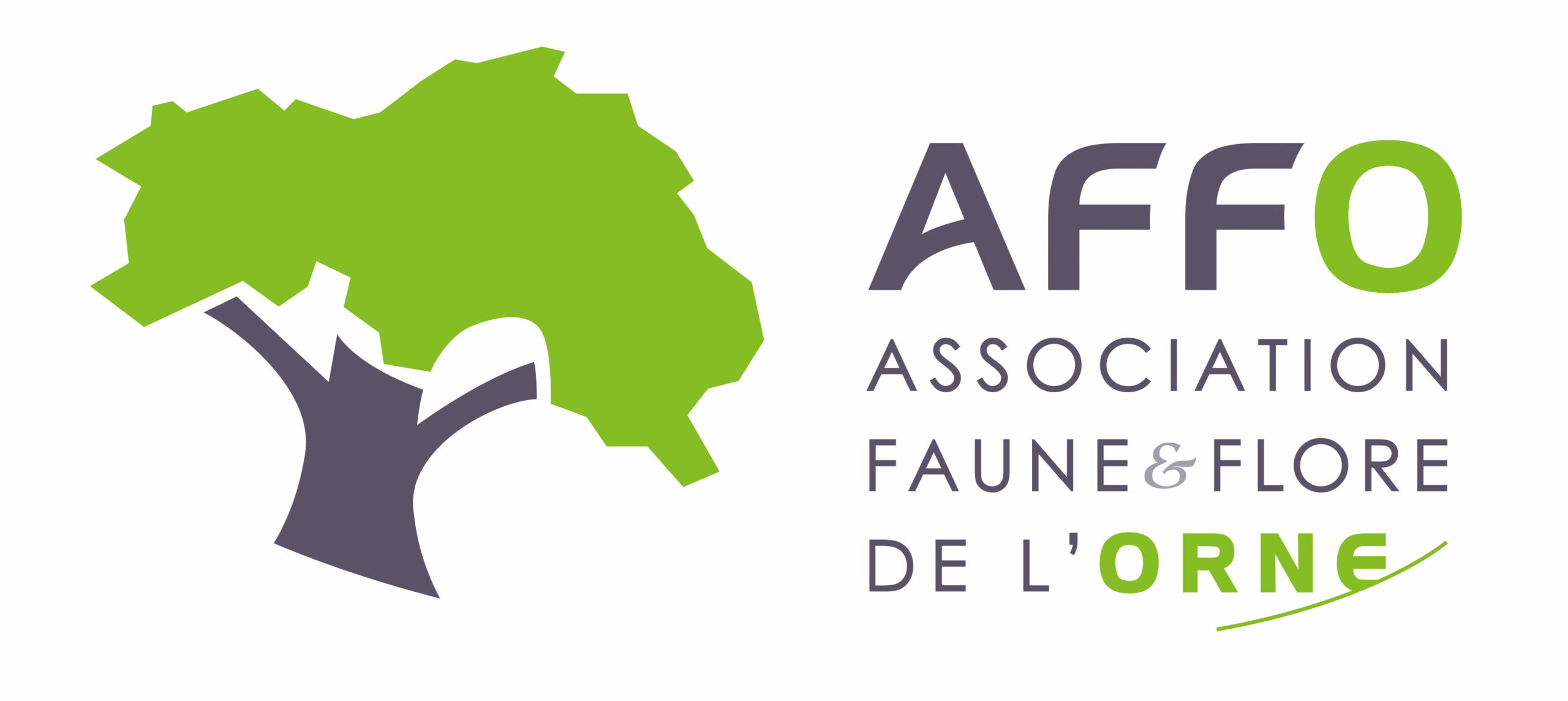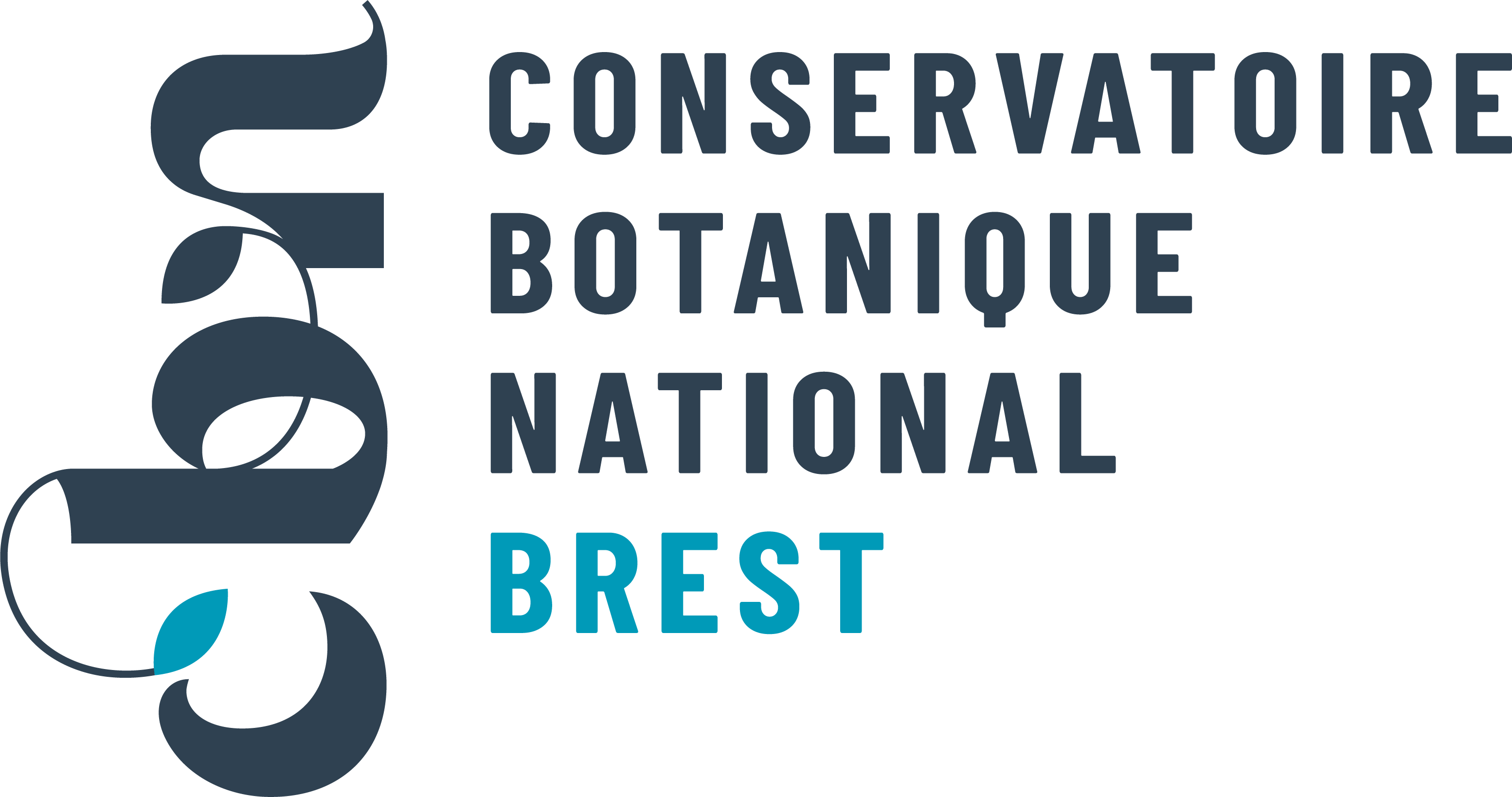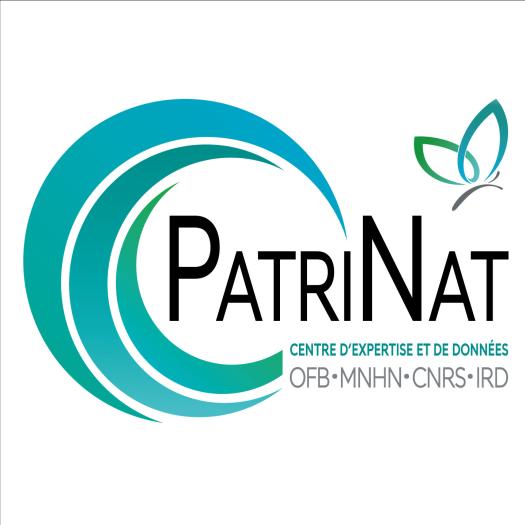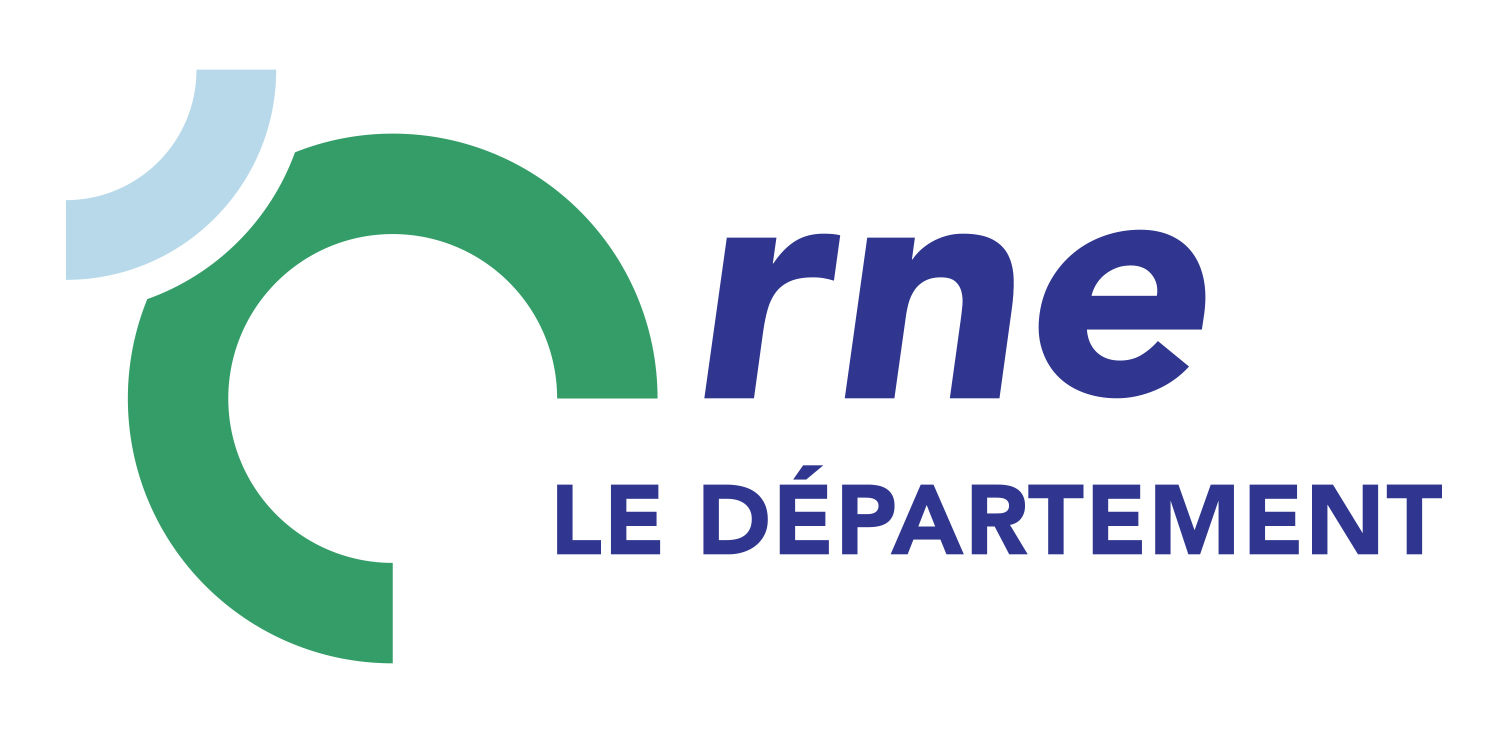Picride fausse épervière
Picris hieracioides L., 1753
- 307 observations
-
138
communes -
34
observateurs
20
organismes -
Première observation
1976 -
Dernière observation
2025
Alençon - Almenêches - Appenai-sous-Bellême - Argentan - Aunay-les-Bois - Aunou-le-Faucon - Bagnoles de l'Orne Normandie - Barville - Bazoches-sur-Hoëne - Beaufai - Beaulieu - Belforêt-en-Perche - Bellavilliers - Bellême - Boëcé - Boitron - Bretoncelles - Canapville - Cerisé - Chahains - Chailloué - Champeaux-sur-Sarthe - Comblot - Condé-sur-Sarthe - Corbon - Coulimer - Coulonces - Coulonges-sur-Sarthe - Courgeoût - Cour-Maugis sur Huisne - Cuissai - Damigny - Écouché-les-Vallées - Écouves - Essay - Flers - Fontaine-les-Bassets - Francheville - Gacé - Gandelain - Godisson - Gouffern en Auge - Hauterive - Igé - Irai - Joué-du-Bois - Joué-du-Plain - Juvigny-sur-Orne - La Chapelle-au-Moine - La Chapelle-Souëf - La Ferrière-Béchet - La Ferté-en-Ouche - L'Aigle - La Mesnière - Landisacq - Larré - La Ventrouze - Le Chalange - Le Mêle-sur-Sarthe - Le Ménil-Broût - Le Ménil-Guyon - Le Pin-la-Garenne - Les Aspres - Les Ventes-de-Bourse - Lignères - Loisail - Longny les Villages - Lonrai - Macé - Mahéru - Marchemaisons - Mardilly - Médavy - Ménil-Erreux - Merri - Montchevrel - Montgaudry - Montmerrei - Monts-sur-Orne - Mortagne-au-Perche - Mortrée - Moulins-la-Marche - Moulins-sur-Orne - Moutiers-au-Perche - Neauphe-sous-Essai - Neauphe-sur-Dive - Nécy - Neuilly-le-Bisson - Occagnes - Ommoy - Parfondeval - Perche en Nocé - Pointel - Pouvrai - Putanges-le-Lac - Rémalard en Perche - Réveillon - Ri - Rives d'Andaine - Rouperroux - Sablons sur Huisne - Sai - Saint-Aubin-d'Appenai - Saint-Fulgent-des-Ormes - Saint-Germain-de-la-Coudre - Saint-Gervais-du-Perron - Saint-Hilaire-de-Briouze - Saint-Hilaire-le-Châtel - Saint-Hilaire-sur-Erre - Saint-Hilaire-sur-Risle - Saint-Jouin-de-Blavou - Saint-Julien-sur-Sarthe - Saint-Lambert-sur-Dive - Saint-Langis-lès-Mortagne - Saint-Léger-sur-Sarthe - Saint-Mard-de-Réno - Saint-Martin-du-Vieux-Bellême - Saint-Nicolas-des-Bois - Saint-Pierre-des-Loges - Saint-Quentin-de-Blavou - Saint-Sulpice-sur-Risle - Saint-Symphorien-des-Bruyères - Saires-la-Verrerie - Sap-en-Auge - Sarceaux - Sées - Semallé - Sevrai - Suré - Ticheville - Tourouvre au Perche - Trémont - Val-au-Perche - Vaunoise - Verrières - Vidai - Villedieu-lès-Bailleul - Villiers-sous-Mortagne
-
Association Faune & Flore de l'Orne (AFFO)
Participation à 231 Observations
Part d'aide à la prospection : 75.24 %
Fiche organisme
-
PNR et géoparc mondial UNESCO Normandie-Maine
Participation à 173 Observations
Part d'aide à la prospection : 56.35 %
Fiche organisme
-
Conservatoire Botanique National de Brest (CBNB)
Participation à 162 Observations
Part d'aide à la prospection : 52.77 %
Fiche organisme
-
UMS PatriNat (OFB-CNRS-MNHN)
Participation à 16 Observations
Part d'aide à la prospection : 5.21 %
Fiche organisme
-
Conseil départemental de l'Orne (bureau ENS)
Participation à 12 Observations
Part d'aide à la prospection : 3.91 %
Fiche organisme
-
Muséum national d'Histoire naturelle (MNHN)
Participation à 7 Observations
Part d'aide à la prospection : 2.28 %
Fiche organisme
-
Institut floristique franco-belge (IFFB)
Participation à 4 Observations
Part d'aide à la prospection : 1.30 %
Fiche organisme
-
Ministère de la Transition écologique et de la Cohésion des territoires
Participation à 4 Observations
Part d'aide à la prospection : 1.30 %
Fiche organisme
-
Thema Environnement
Participation à 2 Observations
Part d'aide à la prospection : 0.65 %
Fiche organisme
-
Institut national de l'information géographique et forestière (IGN)
Participation à 2 Observations
Part d'aide à la prospection : 0.65 %
Fiche organisme
-
Enertrag Normandie I
Participation à 1 Observation
Part d'aide à la prospection : 0.33 %
Fiche organisme
-
Écosphère, bureau d'études en environnement
Participation à 1 Observation
Part d'aide à la prospection : 0.33 %
Fiche organisme
-
Système mondial d’information sur la biodiversité (GBIF)
Participation à 1 Observation
Part d'aide à la prospection : 0.33 %
Fiche organisme
-
IEL Exploitation 69
Participation à 1 Observation
Part d'aide à la prospection : 0.33 %
Fiche organisme
-
IEL Exploitation 74
Participation à 1 Observation
Part d'aide à la prospection : 0.33 %
Fiche organisme
-
Peter Stallegger (Consultant Environnement)
Participation à 1 Observation
Part d'aide à la prospection : 0.33 %
Fiche organisme
Informations espèce
Source : Biodiv'Écrins, Parc national des Écrins
E2.22 : Prairies de fauche planitiaires subatlantiques
Répartition actuelle en France métropolitaine
© INPN - Avertissement : les données visualisables reflètent l'état d'avancement des connaissances et/ou la disponibilité des données existantes au niveau national : elles ne peuvent en aucun cas être considérées comme exhaustives.
Répartition actuelle dans le monde
Avertissement : les données visualisables reflètent l'état d'avancement des connaissances et/ou la disponibilité des données existantes au niveau mondial : elles ne peuvent en aucun cas être considérées comme exhaustives.




